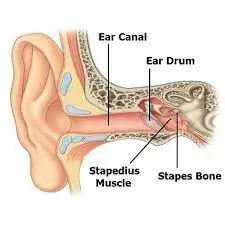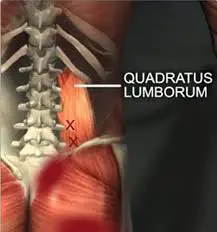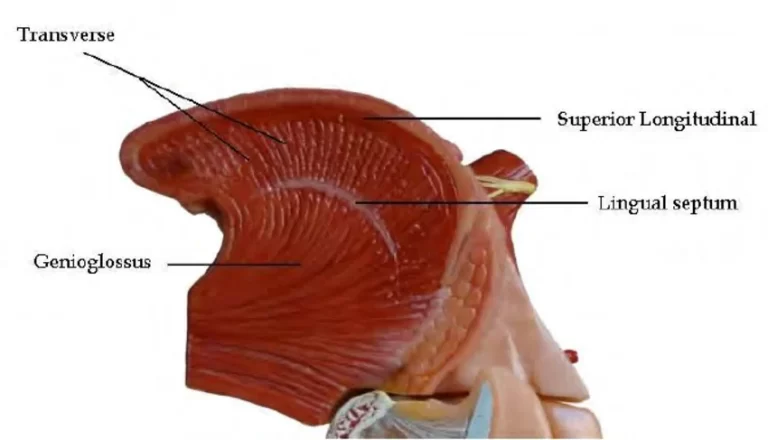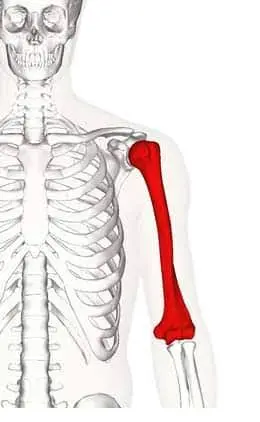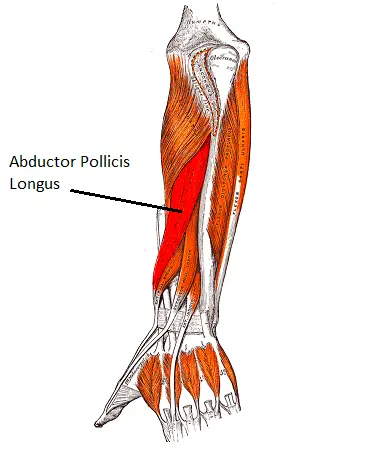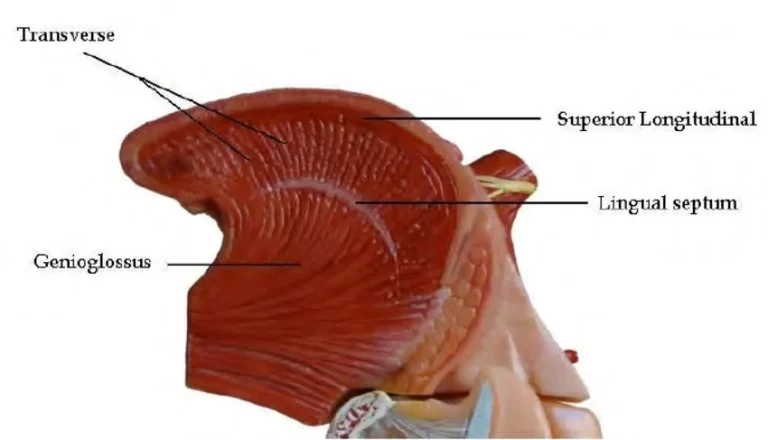Stapedius muscle
Table of Contents
Introduction
Stapedius is the smallest muscle of the human body, measuring approximately 6 mm in length. It is situated in the tympanic cavity in the middle ear, connecting the pyramidal eminence of the petrous part of the temporal bone to the posterior aspect of the neck of stapes.
its purpose is to stabilize the smallest bone in the body which is the stapes or stirrup bone of the middle ear.
The Stapedius muscle is innervated by the stapedial branch of the facial nerve. These autonomic fibers enable the muscle to get involved in the auditory middle ear reflex, having a crucial role in protecting the auditory system from damage.
The stapedius muscle is one of the intratympanic muscles for the regulation of sound.
Origin
The Stapedius muscle originates from the Pyramidal eminence of the tympanic cavity
Insertion
The Stapedius muscle is inserted on the Neck of the stapes
Nerve supply
Nerve to stapedius muscle (of the facial nerve (CN VII))
Blood supply
The blood supply of the Stapedius muscle is the Stapedial branch of the posterior auricular artery
Action
Dampens vibrations passed to the cochlea through the oval window
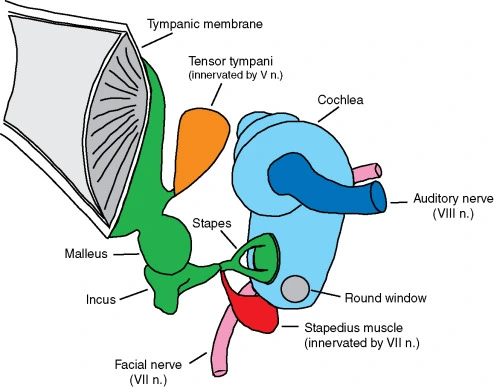
Clinical significance
Paralysis of the stapedius muscle allows wider oscillation of the stapes, resulting in a heightened reaction of the auditory ossicles to sound vibration. This condition called hyperacusis, causes normal sounds to be perceived as very loud.
Paralysis of the stapedius muscle occurs when the nerve to the stapedius, a branch of the facial nerve, is damaged, or when the facial nerve itself is damaged before the nerve to the stapedius branches. In cases of Bell’s palsy, a unilateral paralysis of the facial nerve, the stapedius is paralyzed and hyperacusis may occur.
Treatment for hyperacusis
sound therapy to get you used to everyday sounds again, and may get involved wearing ear pieces that make white noise.
cognitive behavior therapy (CBT) to change the way you think regarding your hyperacusis and reduce anxiety.

